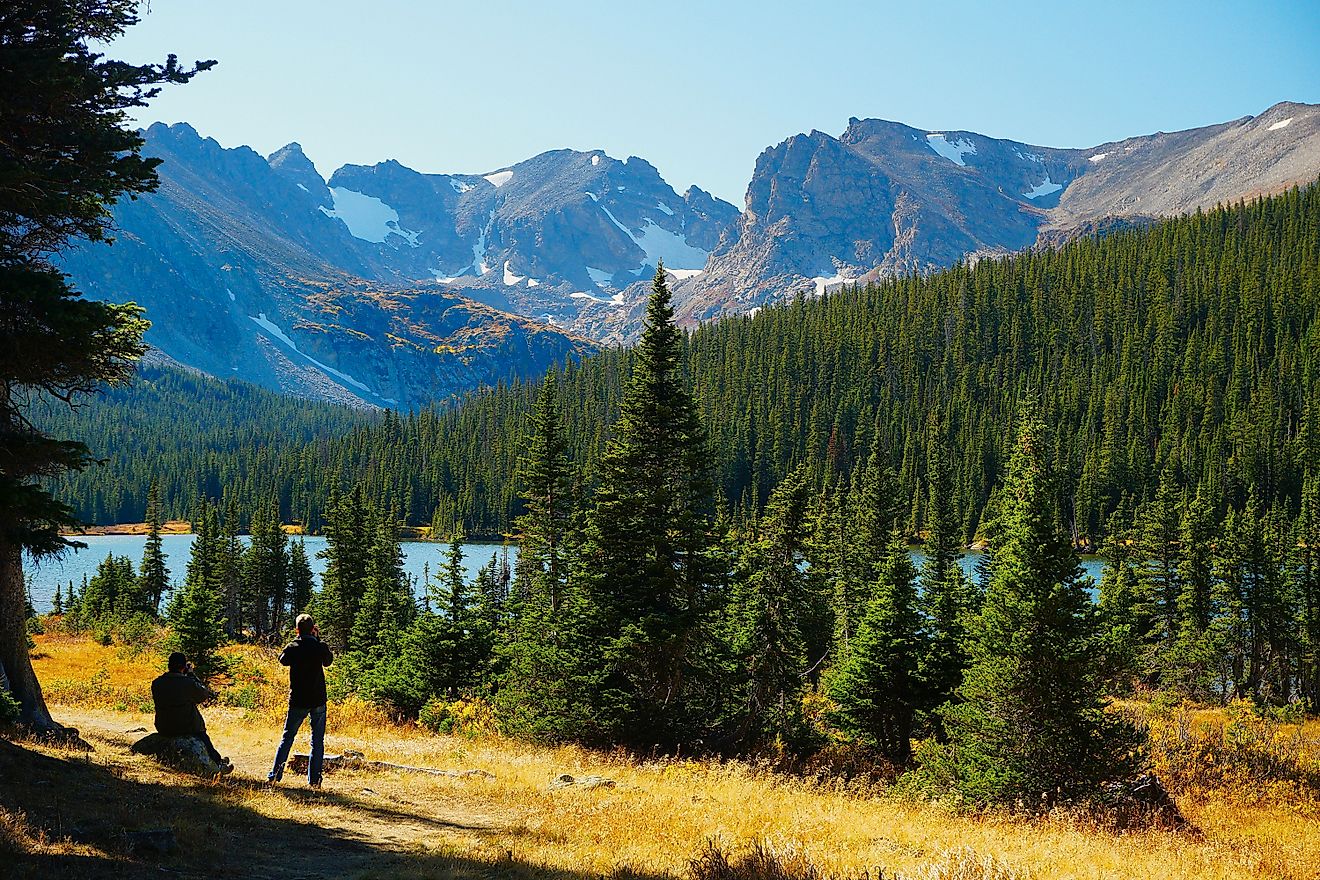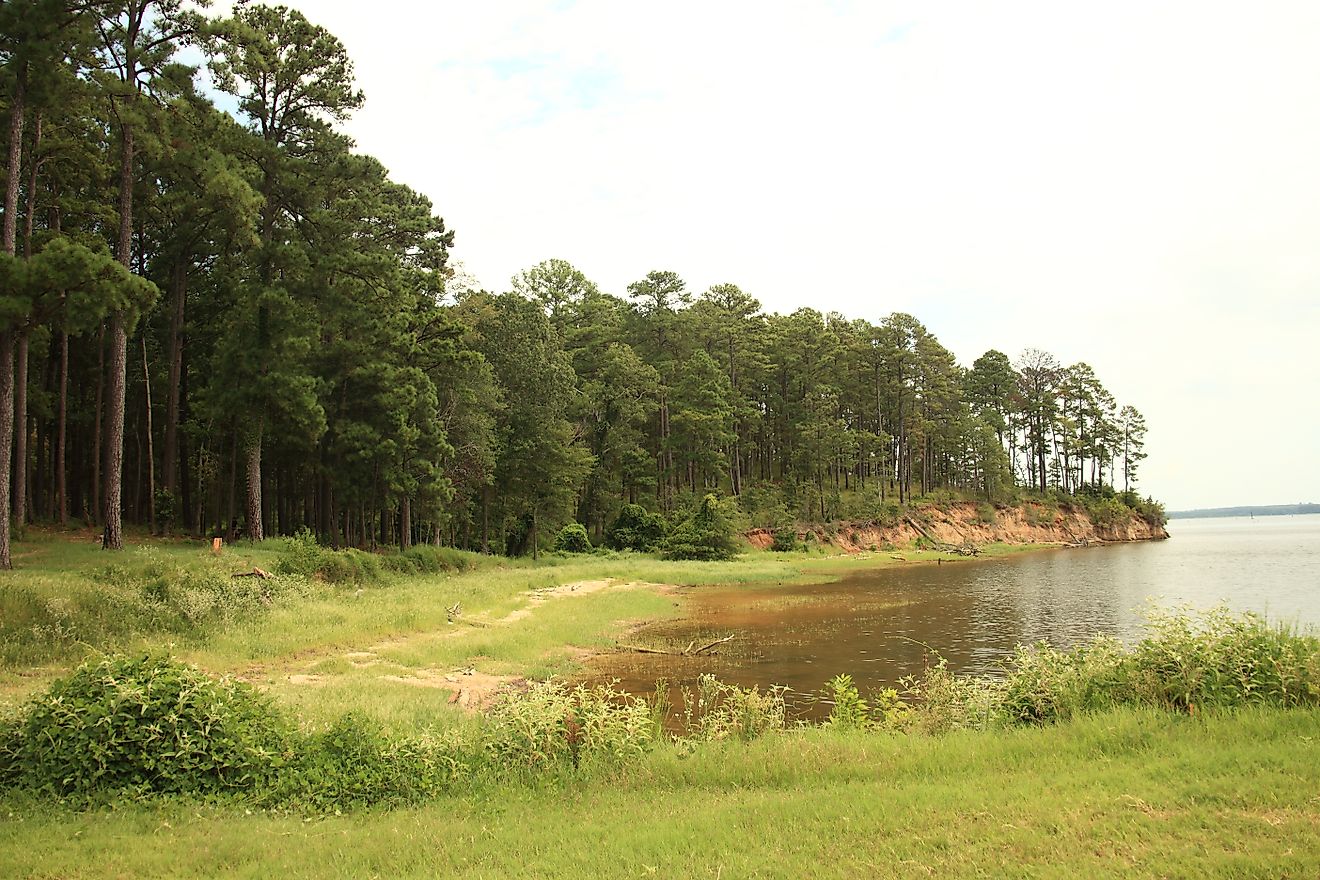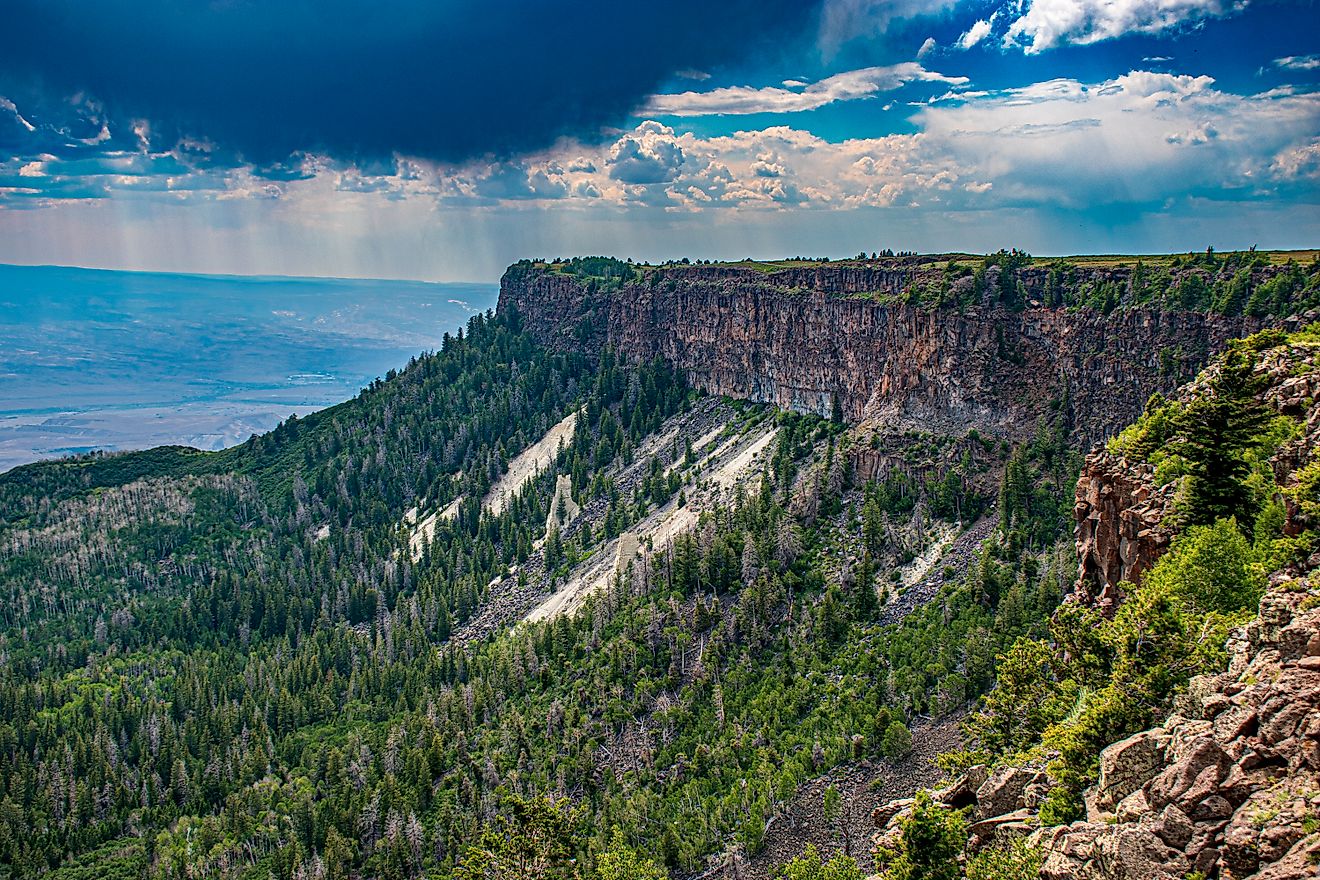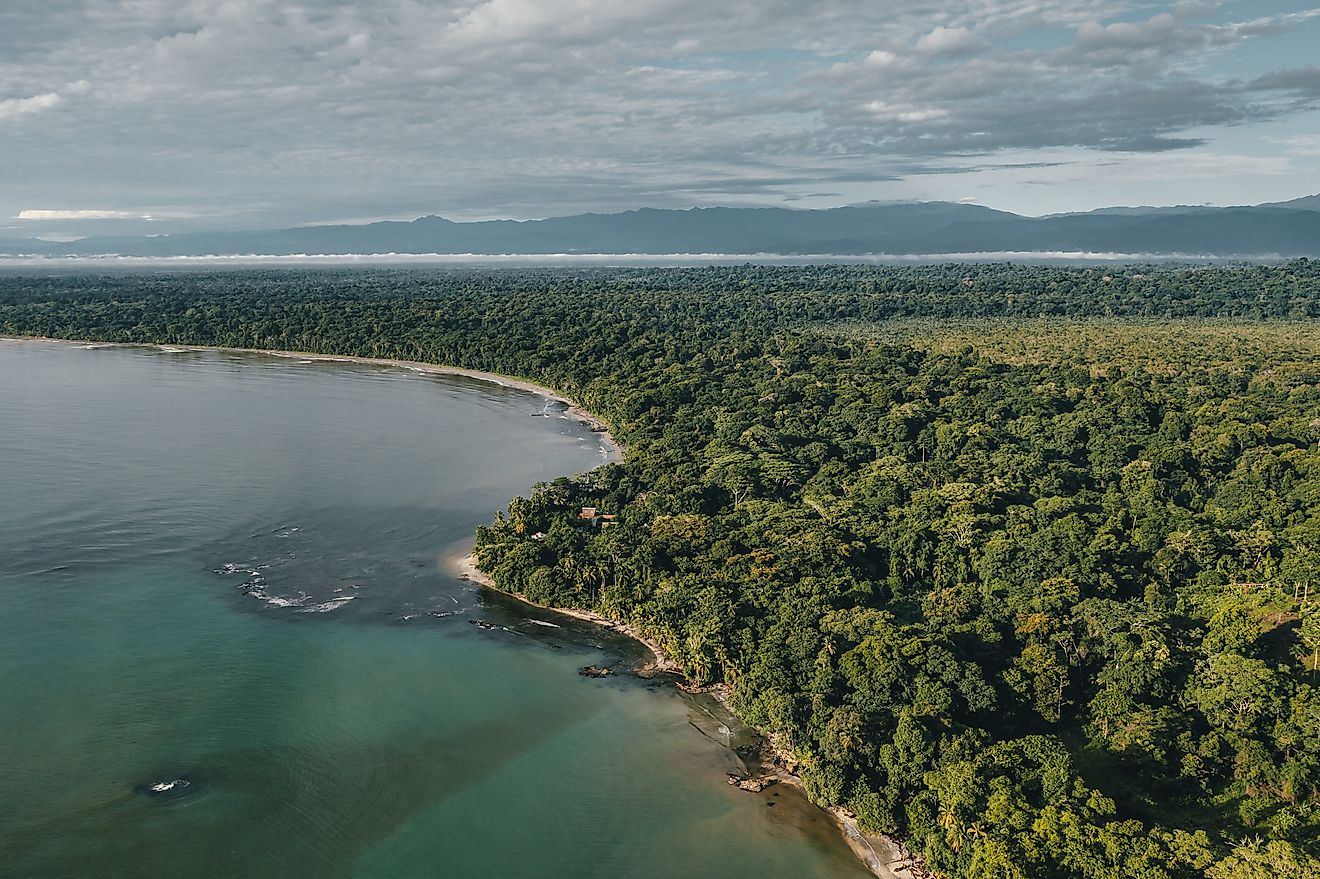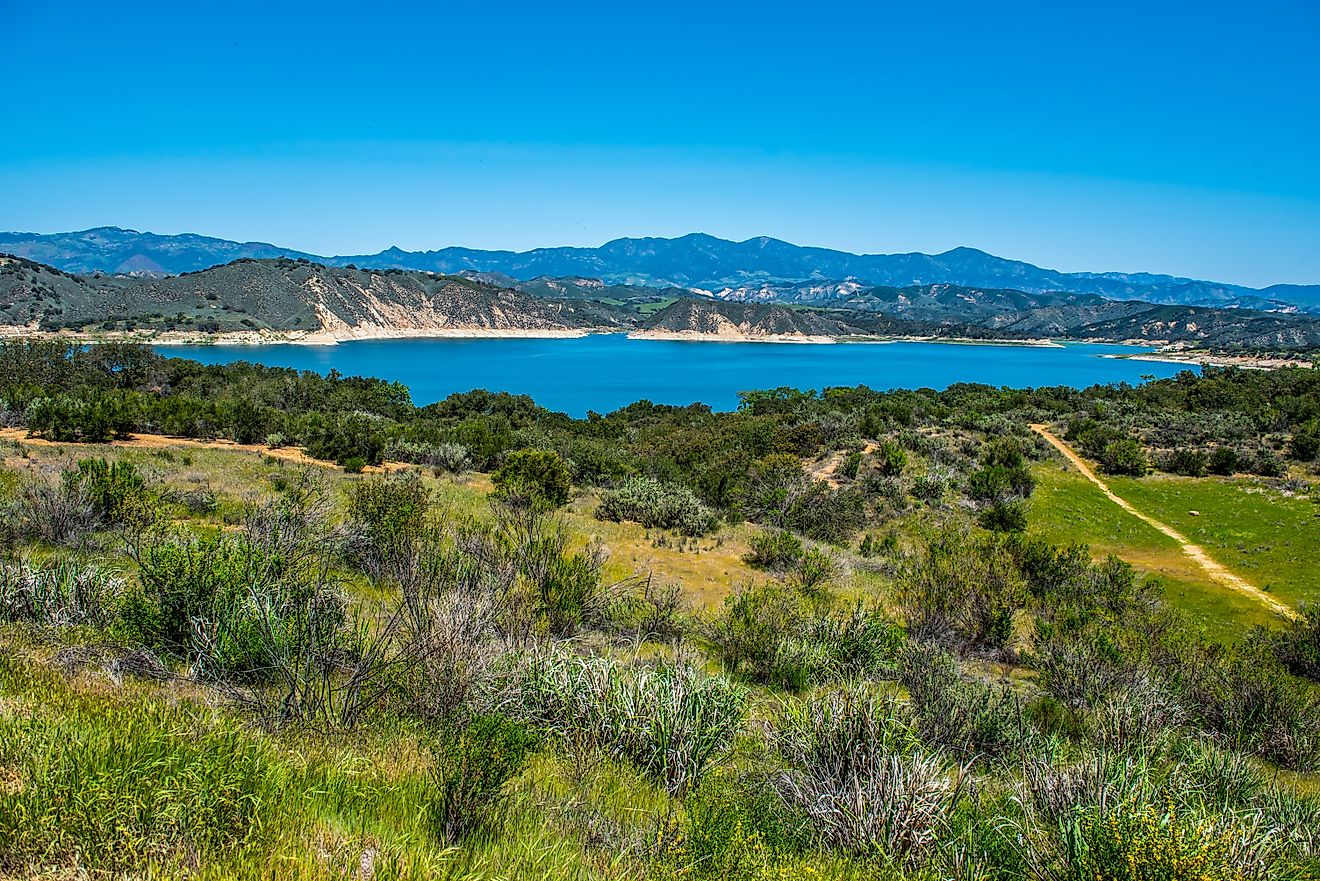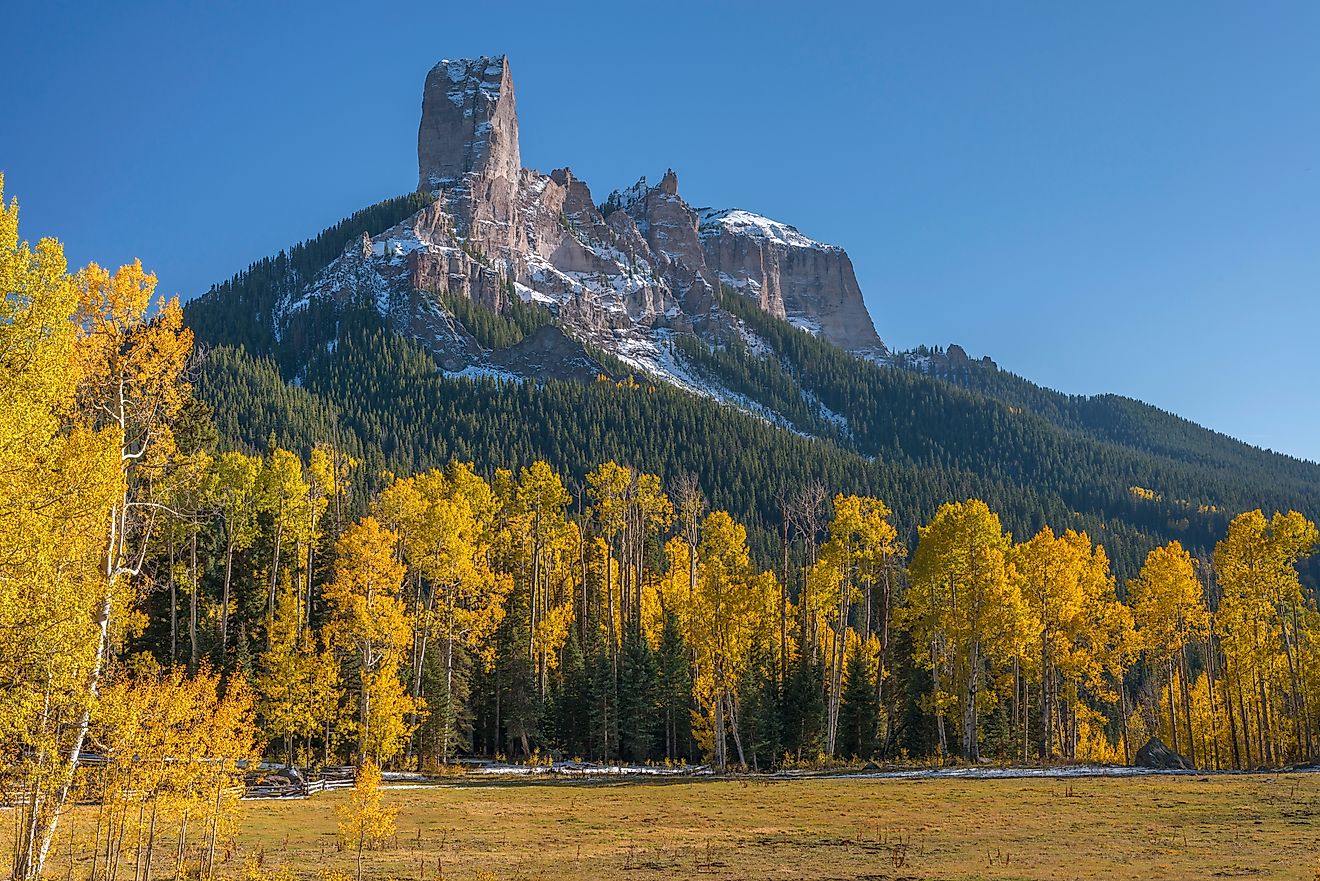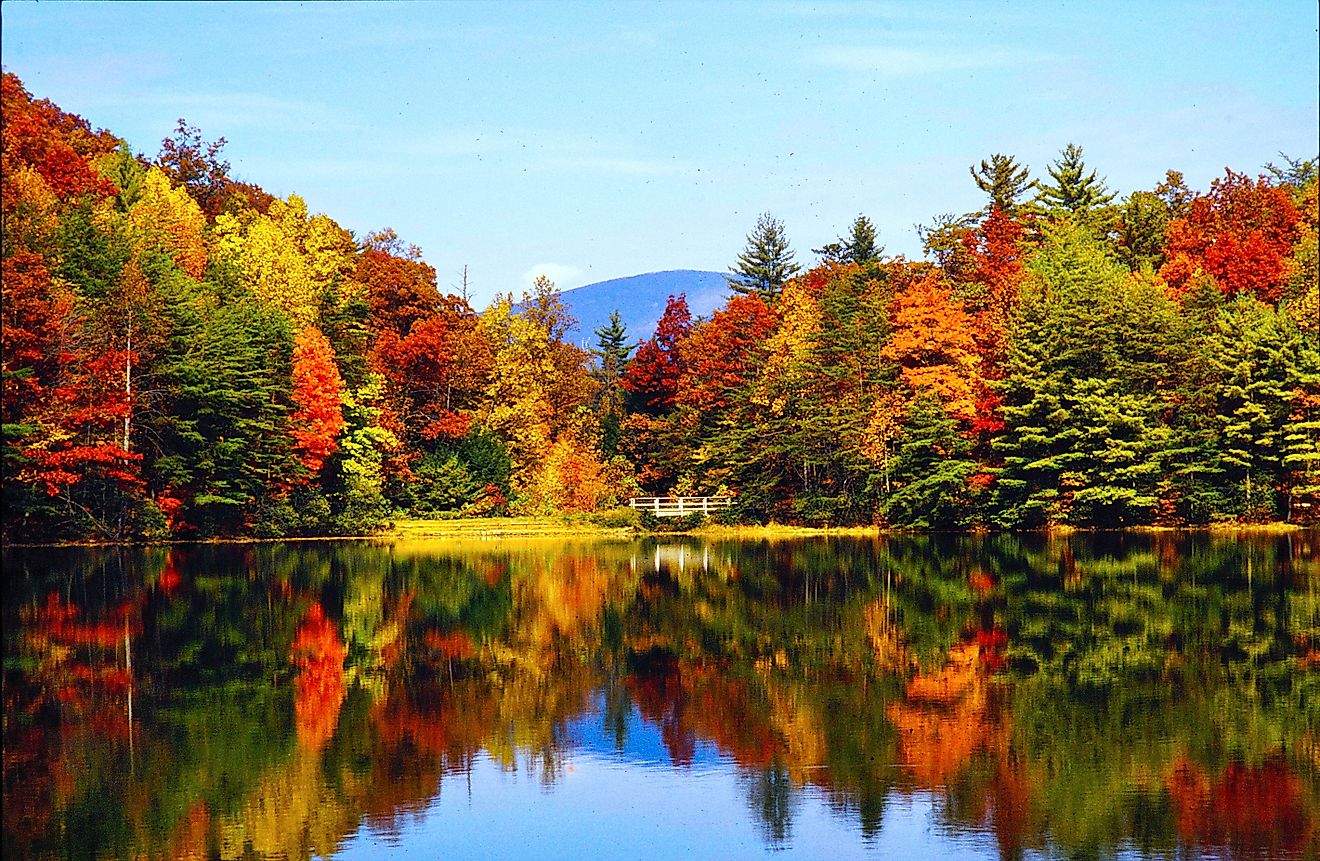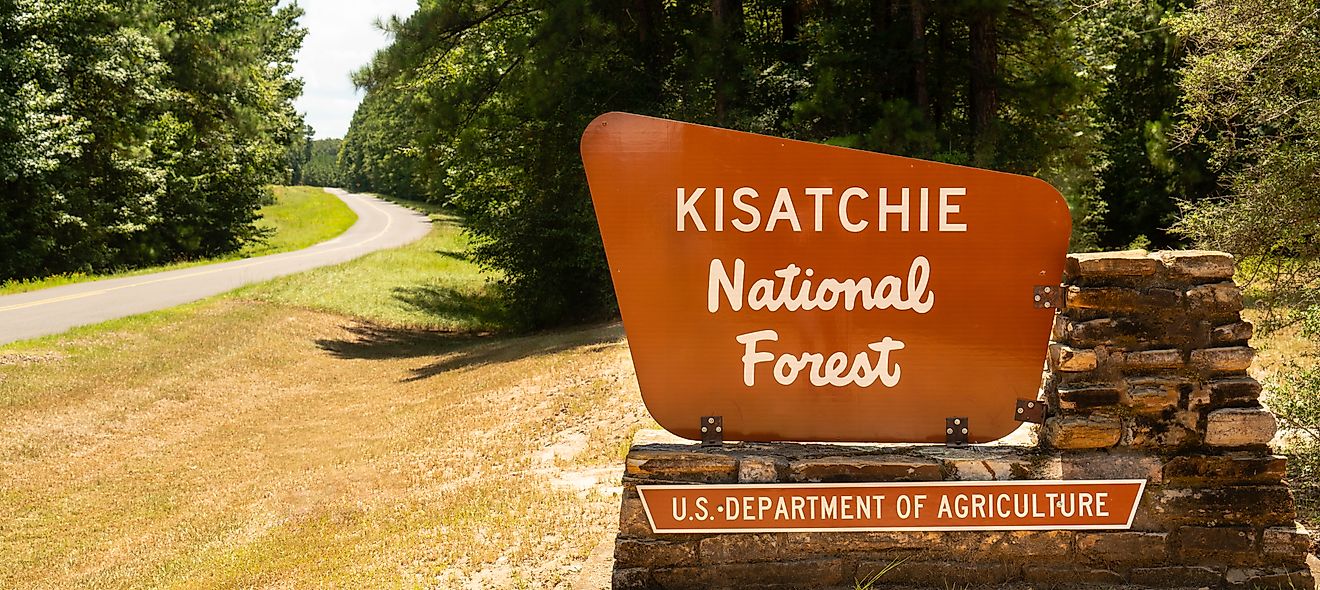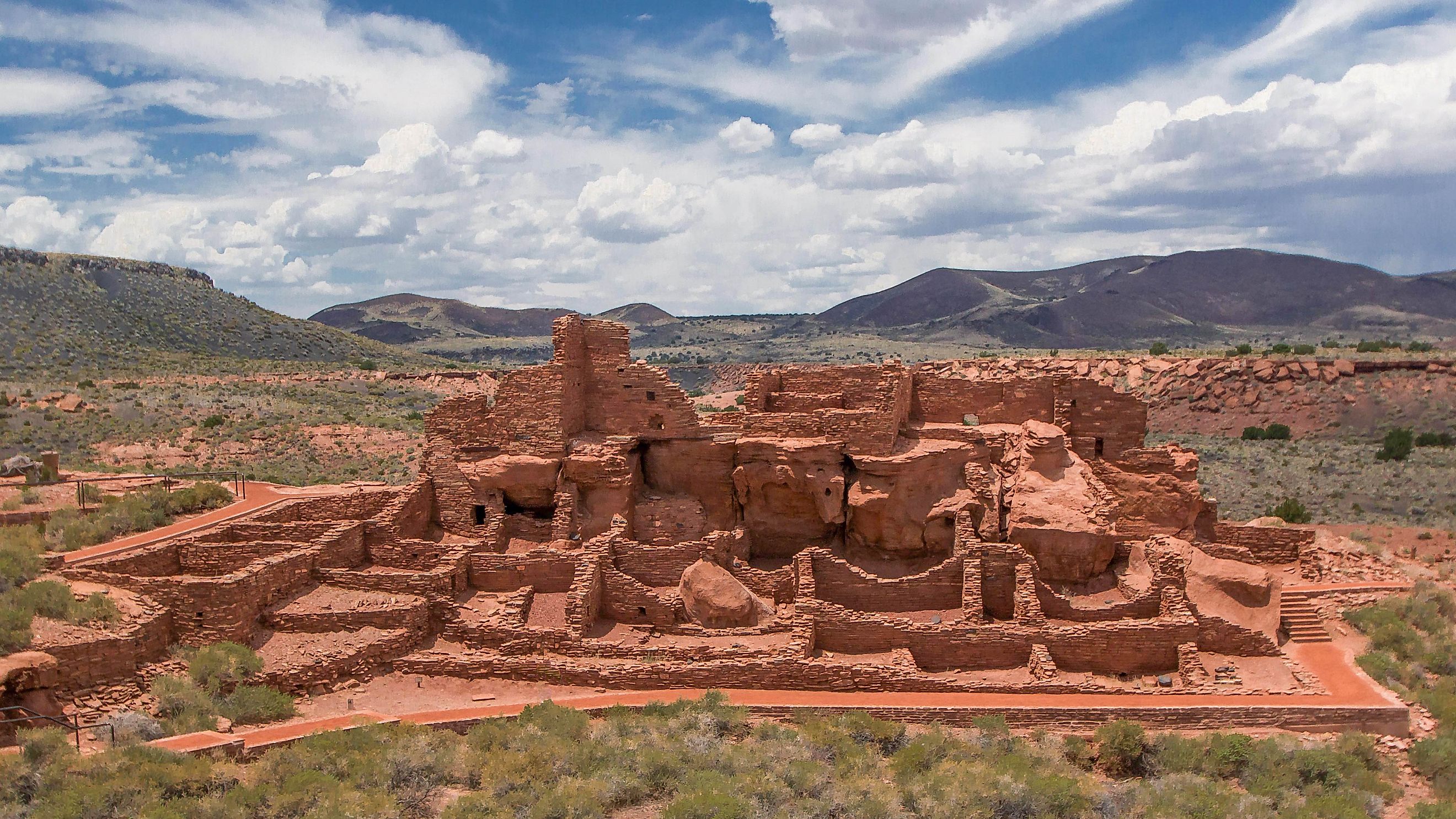
Wupatki National Monument
Wupatki National Monument rises from the arid high desert of north-central Arizona, telling the story of the Ancient Pueblo People who flourished here more than 800 years ago. Just a short drive from Flagstaff and closely linked with Sunset Crater Volcano National Monument, Wupatki offers a window into a community that turned a harsh landscape into a thriving home.
Explore towering pueblos, uncover the secrets of ancient farming, and see how ingenuity and adaptation made life possible in a place where water is scarce and survival demanded creativity.
The Story Behind the Name
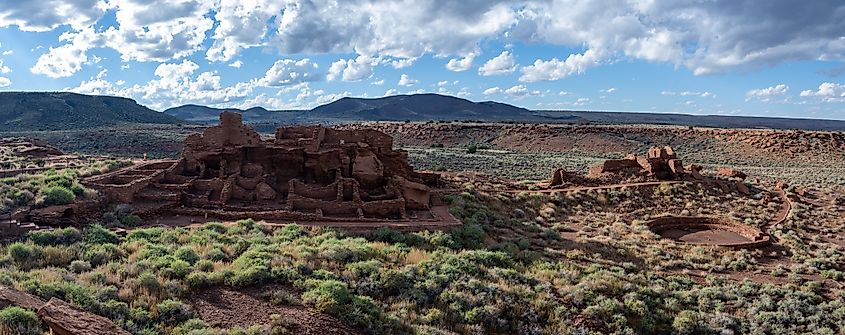
Wupatki, meaning "Long Cut House" in the Hopi language, is home to a multistory pueblo with more than 100 rooms and a central community room. It also contains the northernmost ballcourt ever discovered in North America. Surrounding the central pueblo are secondary structures, including two kiva-like buildings, which contribute to a broader understanding of the community’s organization and social life. The careful placement of rooms and communal areas suggests that Wupatki functioned not only as a living space but also as a hub for ceremonial and social gatherings. Its architecture reflects a deep understanding of both the local environment and the needs of a growing, complex society.
The Wupatki Pueblo was the largest settlement in the region for nearly 50 miles, making it an important cultural and ceremonial center. Scholars believe the layout allowed for effective resource sharing, social interaction, and defense. The ballcourt indicates connections to broader Mesoamerican cultural practices, while the kiva-like structures hint at ceremonial activities that likely strengthened communal bonds. The size, layout, and architectural design of Wupatki reveal the complexity and sophistication of the society that once thrived here, reflecting both daily life and ceremonial practices. These features demonstrate that Wupatki was not simply a dwelling but a center of culture, governance, and spiritual life for its inhabitants.
How a Volcano Changed Everything
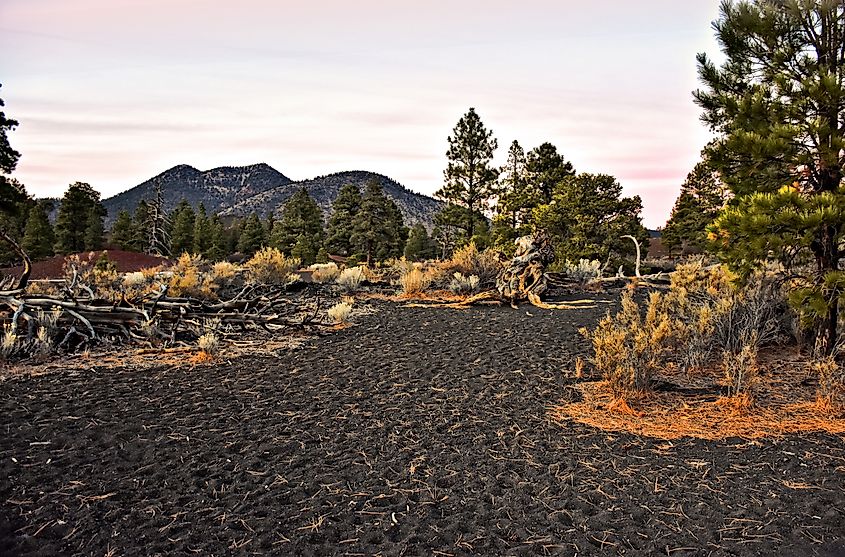
The eruption of Sunset Crater between 1040 and 1100 dramatically reshaped the region. While initially destructive, the volcanic ash eventually improved soil moisture and fertility, creating favorable conditions for agriculture. Families began moving into the area in the decades following the eruption. By 1182, Wupatki Pueblo housed 85 to 100 residents, and surveys suggest that up to 2,000 people may have settled in the surrounding region within a century.
Agriculture focused on maize and squash, with rainwater harvesting essential due to the scarcity of natural springs. The eruption ultimately transformed Wupatki into a hub for cultural exchange, allowing different groups to come together and thrive in a challenging environment. The influx of new residents likely contributed to the expansion of trade networks and the diversification of crafts and goods found at the site. Over time, Wupatki became a model of adaptation, illustrating how human communities respond to environmental change and leverage natural resources to sustain a vibrant society.
Building With Red Sandstone
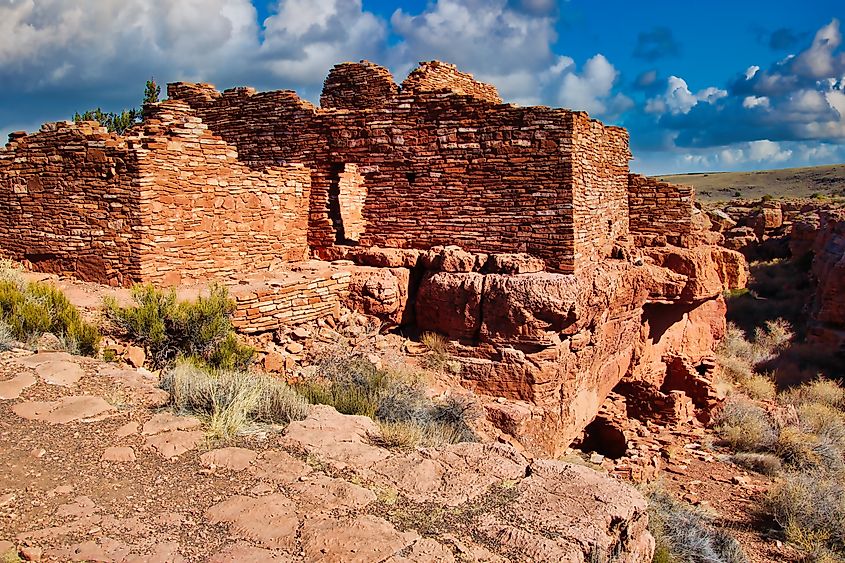
The pueblos were constructed using thin, flat blocks of Moenkopi sandstone, held together with mortar, giving the buildings their characteristic red hue. The largest settlement, Wupatki Pueblo, was built around a natural rock outcrop and stood as the tallest structure in the region at the time. Structures like Wukoki and The Citadel also showcase the ingenuity and architectural skill of the Ancient Pueblo People.
Rooms were carefully organized for living, storage, and community gatherings, demonstrating practical design and social planning. Many of these walls still stand today. The construction techniques reflect both the resourcefulness of the builders and their deep understanding of the local environment. The choice of building materials, room orientation, and use of natural features like rock outcrops highlight the Pueblo People’s ability to integrate architecture with the desert landscape, ensuring durability and sustainability.
A Hub of Trade and Culture
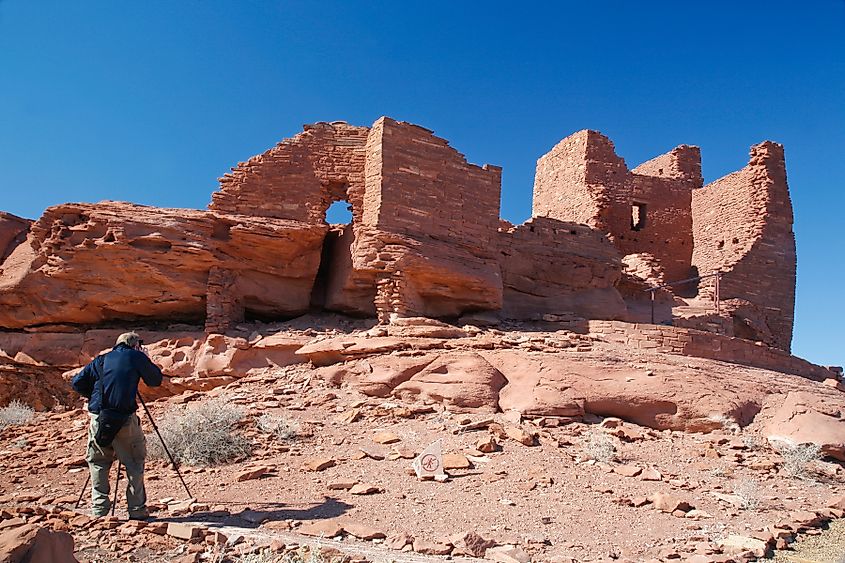
Artifacts discovered at Wupatki reveal an extensive network of trade that extended far beyond the desert. Pottery and seashells originated from the Pacific and Gulf Coasts, while turquoise, copper bells, and even parrots indicate far-reaching connections. This evidence shows that Wupatki was a vibrant hub for cultural exchange, linking the Cohonina, Kayenta, Sinagua, and other groups.
The site flourished not just as a residential area, but as a meeting place for ideas, goods, and cultural practices. The presence of such diverse artifacts underscores the importance of Wupatki as both a social and economic center in the high desert, illustrating the sophistication and reach of its inhabitants. By connecting communities across the Colorado Plateau, Wupatki played a key role in shaping regional culture, diplomacy, and trade for generations of Ancient Pueblo People.
Spiritual Roots That Endure
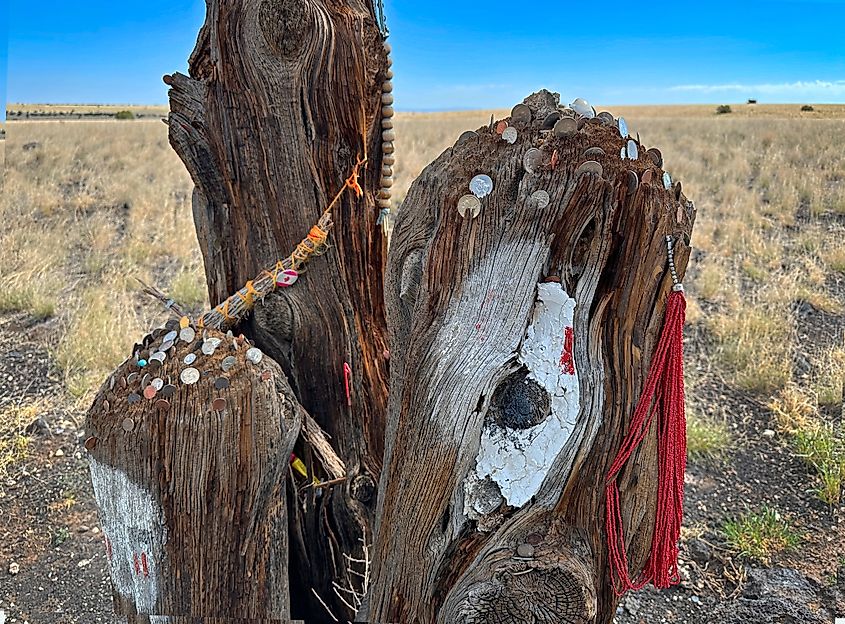
Though abandoned centuries ago, Wupatki remains a sacred space for Native American tribes, including the Hopi, Navajo, and Zuni. Hopi clans such as Bear, Katsina, Lizard, Rattlesnake, Sand, Snow, and Water return periodically to honor their heritage and maintain spiritual connections. The spirits of those who lived at Wupatki are believed to act as guardians of the site, preserving its significance across generations.
These traditions ensure that Wupatki is not merely an archaeological site, but a living cultural landscape where history and spirituality intersect. The ongoing reverence highlights the monument’s importance as a place of memory, reflection, and cultural continuity.
Exploring Ancient Communities
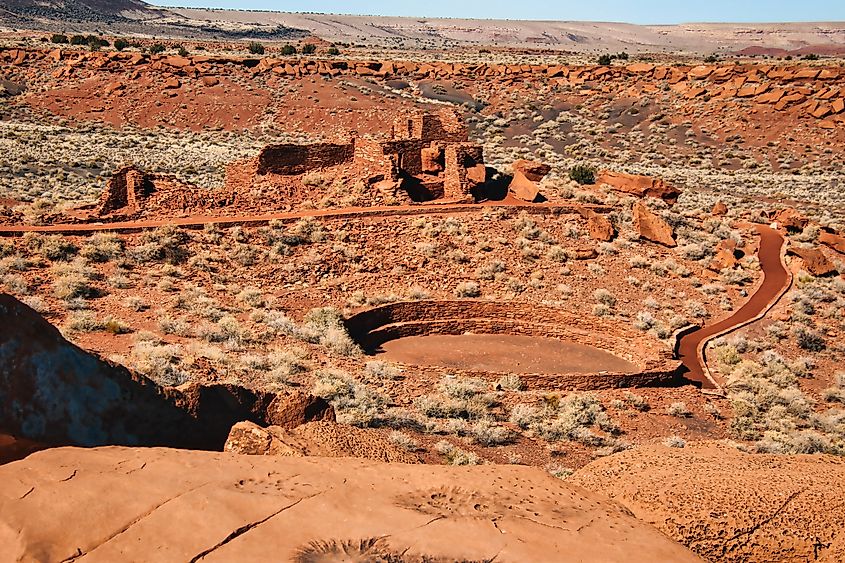
Visitors to Wupatki National Monument can experience the site through several well-maintained trails that highlight different aspects of the ancient settlements:
-
Wupatki Pueblo Trail: Leads directly to the central structure, the heart of the community.
-
Wukoki Trail: Connects visitors to the smaller Wukoki Pueblo with panoramic views of the surrounding desert.
-
The Citadel Trail: Guides visitors to The Citadel, built around a natural rock outcrop and visible from across the monument.
-
Outlying dwellings: Paths connect to smaller pueblos and pit houses scattered throughout the monument.
-
Geological blowhole: A unique natural feature where wind escapes from an underground cave system.
-
Interpretive signs and visitor centers: Provide context about daily life, ceremonial practices, and the ingenuity required to thrive in this high desert environment.
Walking these trails offers insight into the social organization, survival strategies, and cultural practices of the Ancient Pueblo People.
Thriving in the Desert
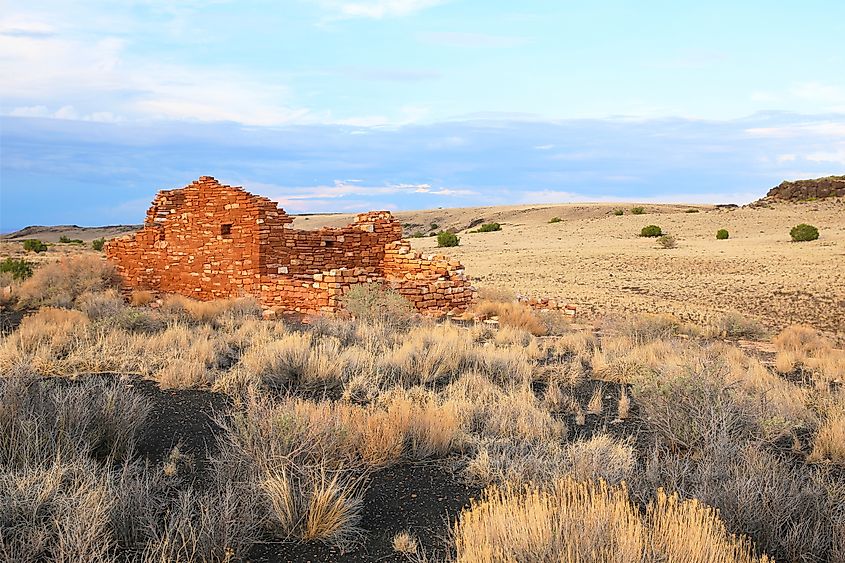
Residents of Wupatki overcame the challenges of an arid landscape through several innovative strategies:
-
Rainwater harvesting: Collected and stored water due to the scarcity of natural springs.
-
Volcanic cinders: Used to improve soil moisture and support agriculture.
-
Crop cultivation: Grew maize, squash, and other staples adapted to desert conditions.
-
Community Planning: Organized settlements to make efficient use of limited resources.
These adaptations allowed Wupatki to thrive in one of the driest regions of the Colorado Plateau. The ingenuity of the Ancient Pueblo People continues to educate and inspire visitors today.
Lessons From the High Desert
Wupatki National Monument is more than a collection of ancient ruins. It is a testament to human ingenuity, resilience, and cultural richness. From towering pueblos and the northernmost ballcourt to far-reaching trade networks, the site tells the story of a community that adapted to one of the harshest environments on the Colorado Plateau. Walking among the ruins, visitors can imagine daily life, ceremonial practices, and the innovations that allowed people to thrive where resources were scarce.
The monument preserves the legacy of the Ancient Pueblo People for future generations, offering insight into how humans can creatively respond to environmental challenges. Wupatki stands as a reminder that even in seemingly inhospitable landscapes, communities can flourish, leaving a lasting imprint on history and culture.
Key Pueblo Sites at Wupatki National Monument
| Pueblo Site | Key Features | Estimated Population | Notable Facts |
|---|---|---|---|
| Wupatki Pueblo | Over 100 rooms, northernmost ballcourt | 85-100 residents | Largest structure in the region during its time |
| Wukoki | Smaller pueblo, constructed with sandstone | Unknown | Offers panoramic views of the surrounding desert |
| The Citadel | Built around a natural rock outcrop | Unknown | Visible from across the monument, strategic site |
